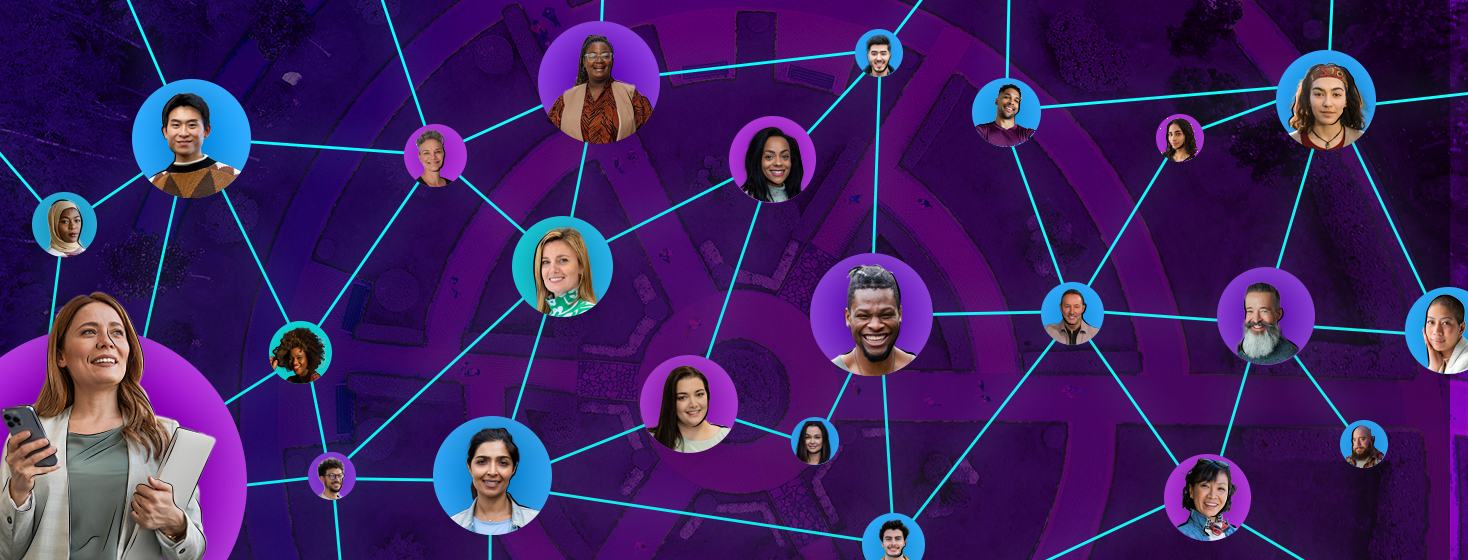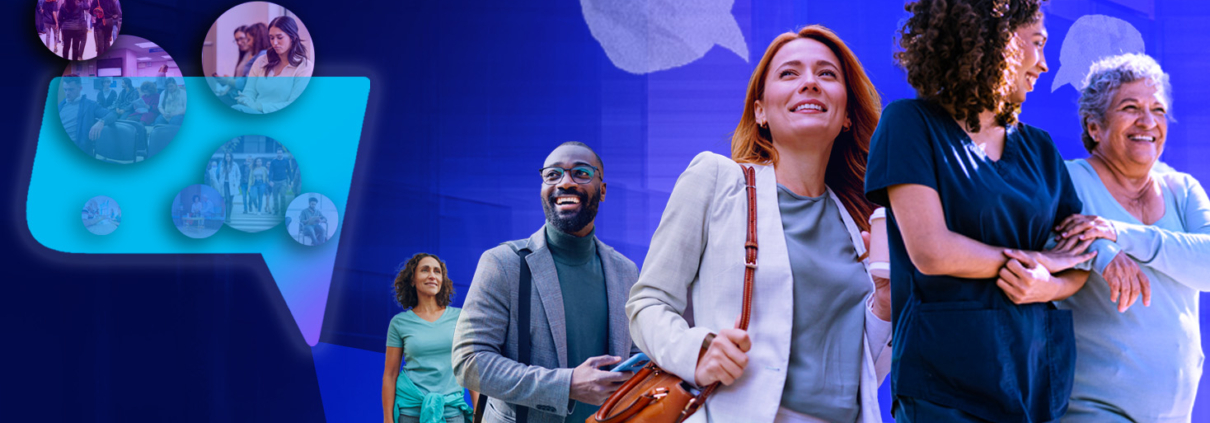Creating a Programmatic Engine Fueled by Real-Time, People-Generated Data
Published Sept. 11, 2024 | 3 Minute Read
 By Alex Laymon
By Alex Laymon
Chief Innovation Officer
Health Union
“AI” and “ML” are two acronyms often used in the programmatic space. While artificial intelligence and machine learning are incredibly impactful to our industry, helping real patients – not just the numbers that represent them – should remain at the core of what we’re all trying to achieve.
Health Union has created a unique, compliant, and privacy-forward way to keep real patient needs as the central pillar of our Amplify+ audiences.
It starts with real people
Health Union has consented zero-party/first-party data from annual surveys, like its annual In America survey answered by thousands of patients and caregivers for 50+ specific conditions. We also have a depth of insights – over a billion new data points annually – from community member actions and content engagement. This means that not only are our audiences industry-leading in terms of privacy, but they are also people-generated.
Our ILLUMINÉ data engine then aggregates and analyzes billions of people-generated data points – all in real-time.
Not relying on delayed data
What does this mean for the programmatic landscape? Well, we can create privacy-safe audiences that augment claims-based models by including timely (daily) data capture derived from behavioral triggers, and bringing in net new patients unavailable through claims data.
When claims data captures an audience, sometimes several months after diagnosis, there is an incredibly impactful period of time that has already passed. During that critical time, patients are often learning about their condition, seeking out options, making treatment decisions, and possibly progressing in their disease.
It’s during these critical moments that newly diagnosed patients (and their hand-raising caregivers!) are coming to Health Union’s communities to find support, validation, and timely information.
Behavioral triggers fuel the programmatic engine
Health Union connects to these newly diagnosed patients and caregivers immediately when they take an action on one of our 45+ communities or take one of our surveys. With consent, these patients and caregivers share where they are at in their health journey via engagement tools like polls and quizzes, or by engaging with specific segments of content or newsletters.
Now we’re able to help patients outside of our communities as well by creating real-time, persona-based audiences. These audiences are based on specific triggers such as: where someone is in their treatment journey, satisfaction/dissatisfaction with treatment, cost consciousness, seeking disease education, and hundreds of other impactful triggers not available through claims-based audiences.
Recent Articles
Patients Turn to AI for Health Research but Remain Cautious of Accuracy and Privacy Risks
New data from Health Union’s survey of over 6,000 patients across 49 chronic conditions shows a rise in “AI-first” information-seeking, while highlighting a critical demand for human-centered oversight and verifiable transparency in digital health tools.
Leading With Lived Experience: Why Rare Disease Leadership Starts With Patients
learn how building community, recognizing expertise, and meeting patients where they are drive industry leadership and high-impact campaigns.
From Patient Education to Product Innovation: Pam Munnelly on Health Union’s Patient-Centered Approach
Bridging Empathy and Innovation: Health Union’s Pam Munnelly explains how a deep history in patient education drives their product strategy, from responsible AI to self-advocacy tools.
It’s what makes our data different that matters
The programmatic landscape is evolving at an increasingly rapid pace and Health Union is excited to be a differentiated, privacy-first, people-generated, high-performing audience provider in the healthcare space.
With real people at the center of our data strategy – from always prioritizing privacy to putting patients first – we’re able to advance programmatic targeting in truly innovative ways. In ways that aren’t just a buzzy acronym like “AI” or “ML.” The people behind our data aren’t just numbers, they’re humans. And they’re not just generated from a machine. The results? Making a real impact, reaching real patients, and achieving real results.
Learn more about how Health Union is evolving the programmatic landscape with people-generated data solutions: health-union.com/human-side-of-data
Recent Articles
Patients Turn to AI for Health Research but Remain Cautious of Accuracy and Privacy Risks
New data from Health Union’s survey of over 6,000 patients across 49 chronic conditions shows a rise in “AI-first” information-seeking, while highlighting a critical demand for human-centered oversight and verifiable transparency in digital health tools.
Leading With Lived Experience: Why Rare Disease Leadership Starts With Patients
learn how building community, recognizing expertise, and meeting patients where they are drive industry leadership and high-impact campaigns.
From Patient Education to Product Innovation: Pam Munnelly on Health Union’s Patient-Centered Approach
Bridging Empathy and Innovation: Health Union’s Pam Munnelly explains how a deep history in patient education drives their product strategy, from responsible AI to self-advocacy tools.




